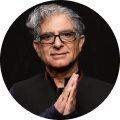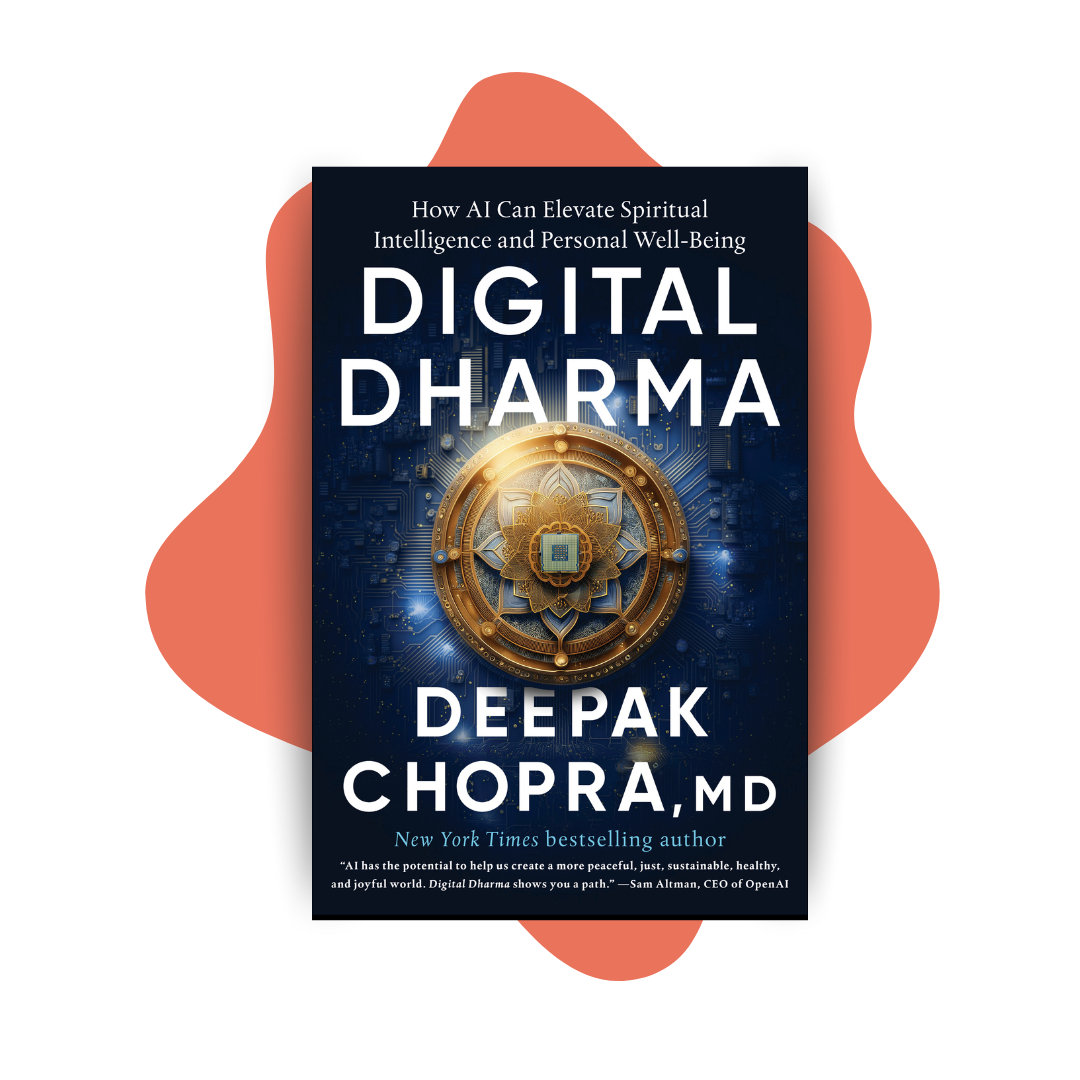Yoga and the Mystery of Pain.
When your mind and heart are truly open abundance will flow to you effortlessly and easily.
No one has difficulty knowing when the sensation of pain is present, but why we feel pain and what to do about it is quite mysterious. There are no pain nerves per se. The same nerves that transmit signals of heat, pressure, touch, and weight, also send pain signals to the brain, which then interprets them as pain.
We benefit from pain relief from everyday aches and pains by taking over-the-counter remedies, and for more serious chronic pain there are prescription drugs. But the opioid crisis points up a harsh fact. Relieving physical pain doesn’t relieve the pain of living. Pain itself is complex and part of a larger system of causes and consequences. This was known many centuries ago in the system of Yoga, which identified physical pain, mental pain, and pain from things that are out of our control.
From this simple statement, one can see that pain is multi-dimensional, and Yoga proposes a multi-dimensional cure. To heal pain involves more than temporary relief from an aspirin or morphine, but temporary relief is all that modern medicine has to offer for the most part (there can be actual healing, as when successful surgery for the lower back cures sciatica).
Yoga is a complex system made up of many components. When viewed as a complete system Yoga is actually a lifestyle whose focus is on higher consciousness. Yet even when you take the postures taught in Yoga class (Hatha Yoga), the beneficial effects supported by research are holistic and systemic. These benefits include
- stress-reduction and improving quality of life,
- orthopedic problems such as back pain, knee pain, or other musculoskeletal illnesses,
- digestive disorders
- psychological illnesses,,
- sleep disruption
- cardiovascular disease,,
- diabetes
- inflammatory disorders,
- immunological illnesses
These evidence-driven results confirm that Yoga is as multi-dimensional as the ancient texts declare, and as a result, the relatively new field of therapeutic Yoga has arisen. But you can’t equate these benefits with physical postures (Asanas) alone. If that were the case, other forms of calisthenics and physical activity should be just as therapeutic, or nearly so. A complex system cannot be reduced to individual parts and still retain its potential and effectiveness. The missing element that comprehensive Yoga provides is consciousness.
The difference between physical pain, mental pain, and the pain of being human isn’t a sharp boundary line. All can exist simultaneously, and yet signals from the peripheral nerves of the central nervous system convey only physical signals. Therefore, it is inside your awareness that you create pain in all its manifestations. By the same token, it is within your awareness that Yoga seeks to resolve all the issues surrounding pain.
In calling Yoga a lifestyle, what comes to mind are Yoga postures, breathing exercises, meditation and behavioral changes. What they have in common, besides their common source in the classic texts of Yoga, is the distant likelihood that any modern Western person would adopt such a lifestyle. Even with the best intentions, people lapse from their practice, and the vast majority either don’t return or adopt a haphazard attitude (as expressed, for example, when someone says, “I meditate when I really need it.”)
The most widely accepted view of why humans experience physical pain is evolutionary—pain is a defense that tells you to stop doing something that would cause even more pain. Animals in pain lapse into a quiet, recessive inactivity to lick their wounds. But clearly the evolutionary explanation is one-dimensional. It fails to explain any benefit from the inner pain of anxiety and depression, the pain of a failed relationship or the pain at seeing all the suffering in the world.
To be true to reality, you have to look at pain much more generally, with a wider lens to see the system and not just the symptom. In Yoga the goal of reaching higher consciousness is based, not on mystical ideals, but on the teaching that bliss is the normal state of awareness at its purest. Pain of every sort is considered an impurity (Vritti) that functions to block the flow of bliss-consciousness.
If there is pain of any kind, it signals that there is a block in the flow of awareness from its source, which lies deeper than the thinking mind. Hatha Yoga is not primarily physical; its postures exist to open channels of awareness. Each posture, in fact, aims at a specific channel in the subtle nervous system. One of the rules in Yoga is that the subtlest levels of awareness are the most powerful. So it comes as no surprise that by opening subtle channels, the grosser levels of pain feel a beneficial effect. (As in the fairy tale where the princess finds relief by removing a pea that lies under her mattress.)
Yoga’s answer to the mystery of pain is better than any physical explanation or even a psychological one for mental pain. The virtue of the yogic explanation is that it is as multi-dimensional as we are, and as our pain is. The causes of our pain are systemic. They are interwoven, complex, and too entangled to separate into neat individual strands. This brings up the radical nature of Yoga’s perspective on pain, which holds that you cannot be pain-free until you escape the entire system of pleasure and pain.
This view turns people off if they interpret it as saying, “If you want no pain, resign yourself to no pleasure.” But that is not the message of Yoga. If you adopt Yoga as a lifestyle, the key is that you are dedicated to becoming more conscious. The Vrittis are stubborn. They are embedded in a lifetime of bad habits, trauma, painful memories, defeats, frustrations, and what is popularly known as a world of hurt.
A conscious lifestyle can remedy this condition, because there is no other answer but self-healing. In a world of pain, we use pleasure as a distraction and temporary antidote. Yoga takes a compassionate view of the situation; it doesn’t condemn anything that relieves pain. But there are better ways than a temporary pleasure. If you have a sharp pebble in your shoe, a blast of tasty dessert might distract your attention temporarily, yet total relief is available only when you remove the pebble.
Yoga is about total relief via a shift in consciousness that takes you away from the pleasure-pain cycle, which is also referred to as the “hedonic treadmill,” and shifts your identity to the flow of bliss-consciousness. The whole secret of Yoga is that bliss feels better than pleasure. It is the level of the solution that must be reached, because the pleasure-pian cycle exists at the level of the problem.
As beneficial as therapeutic Yoga is proving to be, you must not lose sight of the real aim of Yoga, which is to transform awareness across the complex system of conscious existence. In that light, the greatest pain relief occurs when the pain of life is gone entirely.
DEEPAK CHOPRA™ MD, FACP, founder of The Chopra Foundation, a non-profit entity for research on well-being and humanitarianism, and Chopra Global, a whole health company at the intersection of science and spirituality, is a world-renowned pioneer in integrative medicine and personal transformation. Chopra is a Clinical Professor of Family Medicine and Public Health at the University of California, San Diego and serves as a senior scientist with Gallup Organization. He is the author of over 90 books translated into over forty-three languages, including numerous New York Times bestsellers. His 90th book and national bestseller, Metahuman: Unleashing Your Infinite Potential (Harmony Books), unlocks the secrets to moving beyond our present limitations to access a field of infinite possibilities. For the last thirty years, Chopra has been at the forefront of the meditation revolution and his latest book, Abundance: The Inner Path to Wealth (Harmony Books) offers the keys to a life of success, fulfillment, wholeness and plenty. TIME magazine has described Dr. Chopra as “one of the top 100 heroes and icons of the century.” www.deepakchopra.com
Eddie Stern Yoga instructor; MS student at Vivekananda Yoga University. He has been teaching and practicing Yoga for over 30 years. He collaborates on scientific research on Yoga, has spent 18 years developing Health and Wellness curriculum for public institutions, and collaborates on programs to reduce gun violence through therapeutic interventions. Among his projects are the Breathing App and Yoga365 app, which aim to further access to yoga and mindfulness for those who have little access to these modalities. His most recent book is One Simple Thing.
William C. Bushell, PhD Lead Researcher at Chopra Foundation Institute of Consciousness Studies. Has been researching mind-body phenomena for over three decades, focusing on the field of consciousness studies around the world as a biological, medical, and psychological anthropologist affiliated with Columbia, Harvard, and MIT. Biophysical/Medical Anthropology, MIT (1994-2020)
Ryan D. Castle Director of Chopra Foundation Institute, Executive Director at Ibis Optum wellness consulting, working to connect businesses with the science and wellness providers that will best help their employees.. Uses research & big data to match businesses with best wellness providers/strategies. Has published multidisciplinary research in consciousness theory, meditation’s medical efficacy, and the bio-behavioral effects of chronic inflammation. Advocate for open-access science and multidisciplinary approaches.

